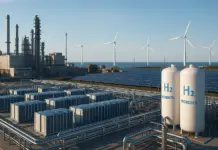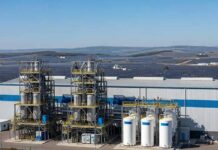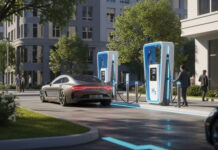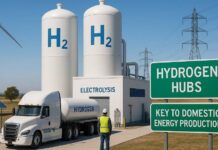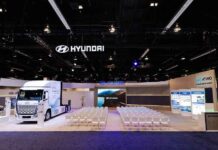The BarMar project is picking up pace. Its partners have confirmed the technical feasibility of the BarMar hydrogen pipeline connecting Barcelona and Marseille, following comprehensive geotechnical and engineering studies for the H2med project. The European corridor H2med project recently finished its first in-depth assessment of the BarMar route. Those campaigns, carried out in summer 2025 and in 2024, confirmed that the proposed corridor for the BarMar hydrogen pipeline is viable. The study found no major physical constraints on the route, and all planned infrastructure crossings were judged feasible. Seabed and terrain conditions also raised no critical concerns.
The report concludes the BarMar route is technically feasible because every identified challenge can be managed through established engineering practices. This clarity lets the partners continue making progress on the overall schedule, which is part of the future European hydrogen network planning. The schedule now sets the Commercial Operation Date (COD) for BarMar in 2032. This is the same date targeted for the CelZa project.
This update reflects the project’s technical demands and the work of the countries involved, which are all developing their own national hydrogen networks. Securing permits and synchronizing the authorization schedule is essential, as H2med is designed to be the backbone connecting all these systems. During the joint Council of Ministers on August 29th 2025, France and Germany reaffirmed their common approach to supporting the corridor’s timely implementation. Also, the progress being achieved now in cross-border governance and regulatory harmonization is truly pioneering. This diligent, laborious effort will not only ensure the success of H2med; it will help establish an essential blueprint for subsequent transnational energy projects.
The year 2025 marked a clear acceleration for H2med, which followed its designation as a Project of Common Interest by the European Commission in 2024. Key steps included the signing of Grant Agreements with the European Climate, Infrastructure and Environment Executive Agency (CINEA) for both BarMar and CelZa. The BarMar company was also created last July to advance the Barcelona–Marseille interconnection. Political backing remains strong across all involved member states, supported by the European Commission, which has called the corridor a priority “energy highway.” Industry support has also widened through the H2med Alliance, now made up of 49 organizations across the hydrogen value chain. For background on the corridor, see our previous coverage of the BarMar hydrogen pipeline and the H2med hydrogen project.




